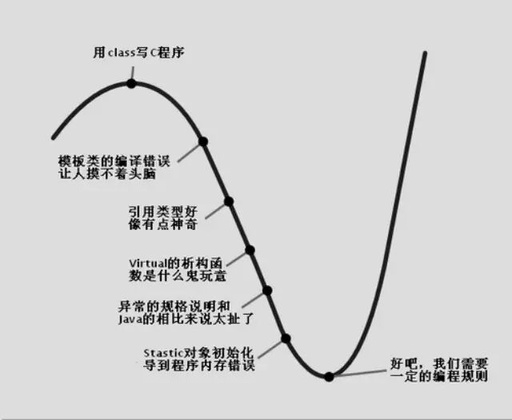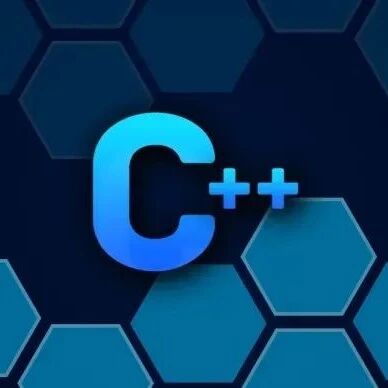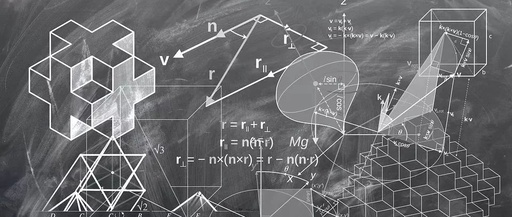C++ Interview Questions – May Edition
16. What is the difference between arrays and pointers? Definition and Essence: An array is a collection of elements of the same type, stored contiguously in memory; a pointer is a variable that stores the address of another variable. Memory Allocation: The memory allocation for an array is determined at compile time, with a fixed … Read more









